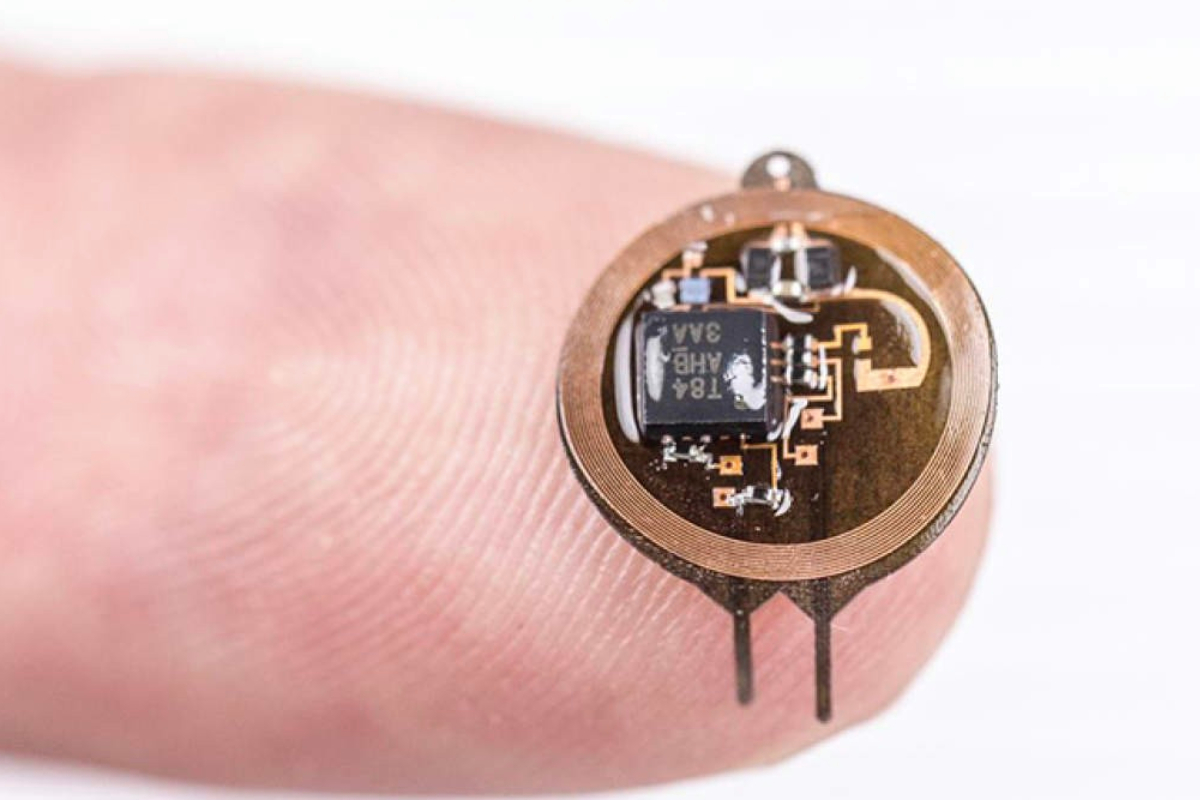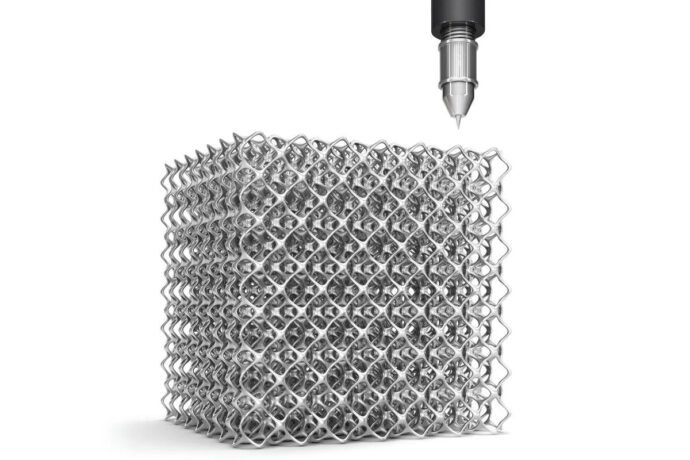
MIT researchers have introduced a groundbreaking battery-free sensor that can operate in remote environments by harnessing energy from its surroundings. This innovative technology promises a wide range of applications, from monitoring ship engines to enabling cost-effective diagnostic sensors.
1. Battery-Free Sensor Design:
The developed sensor eliminates the need for batteries by harvesting energy from ambient sources, making it suitable for deployment in hard-to-reach locations.
By leveraging the magnetic field generated around wires, the sensor can extract energy effortlessly without requiring direct electrical connections, offering ease of installation and maintenance.
2. Versatile Energy Harvesting Approach:
The sensor’s design guide provides engineers with a framework to balance environmental energy availability with sensing requirements.
While initially focused on magnetic field energy, the design principles can be adapted for sensors utilizing other energy sources such as vibrations or sunlight, enabling diverse applications in factories, warehouses, and commercial spaces.
3. Overcoming Design Challenges:
The researchers addressed three key challenges: enabling cold start functionality, efficient energy storage and conversion, and dynamic energy management.
To achieve cold start capability, the sensor incorporates integrated circuits and transistors that store energy until a threshold is reached, allowing the system to initiate without an initial voltage supply.
Energy storage is achieved using capacitors, carefully designed to balance energy requirements and charging time, ensuring maintenance-free operation over extended periods.
Dynamic energy management algorithms continuously monitor and adjust energy usage based on harvesting capabilities and sensing needs, maximizing efficiency and reliability.
4. Practical Applications and Impact:
The sensor’s battery-free design makes it ideal for retrofitting diagnostic sensors in environments with limited power access, such as ships, reducing maintenance costs and enhancing operational efficiency.
Potential applications include monitoring machinery vibrations, temperature fluctuations, and other critical parameters in real-time, enabling proactive maintenance and troubleshooting.
5. Future Directions and Optimization:
Future research aims to explore alternative data transmission methods, such as optics or acoustics, to reduce energy consumption during communication.
Improved modeling and prediction of energy availability and sensor requirements will further enhance the sensor’s capabilities, enabling more comprehensive data collection and analysis.
MIT’s battery-free sensor represents a significant advancement in remote sensing technology, offering a practical solution for monitoring critical parameters in challenging environments. With its innovative energy-harvesting approach and versatile design framework, the sensor holds immense potential for widespread adoption across various industries, driving efficiency, and reliability in monitoring and diagnostics.



